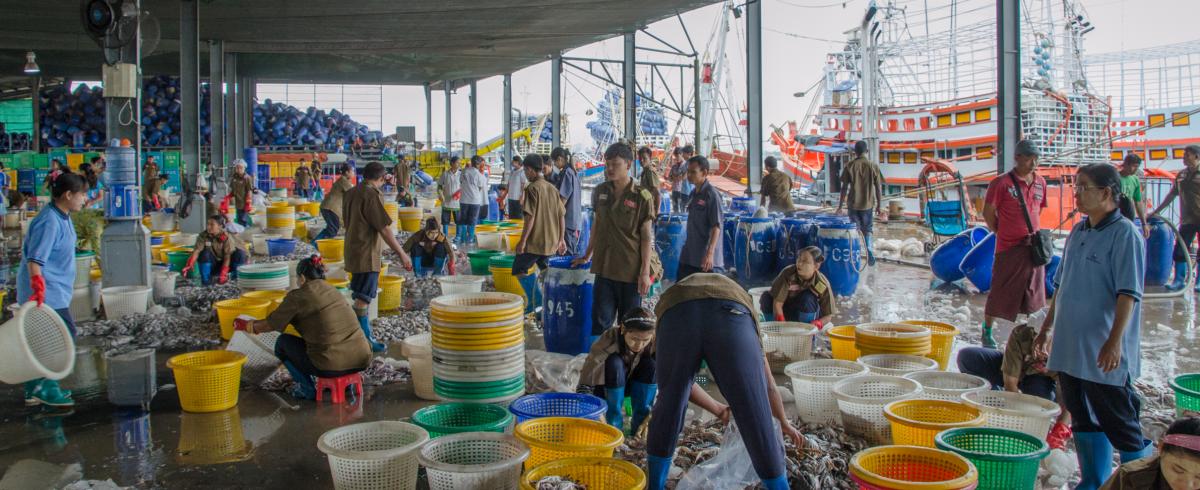Resultados de la implementación de un piloto de inversión de impacto para incrementar el valor de la pesquería de merluza del norte del golfo de California.
El presente texto es el reporte de resultados del proyecto “Propuesta para implementación de un piloto de inversión de impacto para incrementar el valor de la pesquería de merluza del norte del golfo de California” (Anexo 1) que entregamos en noviembre de 2021. El objetivo del piloto fue demostrar que modificando el manejo post-captura se puede incrementar la calidad del producto y con ello es posible obtener mejores márgenes de utilidad para todos los integrantes de la cadena de valor (i.e., producción, transformación y comercialización).

